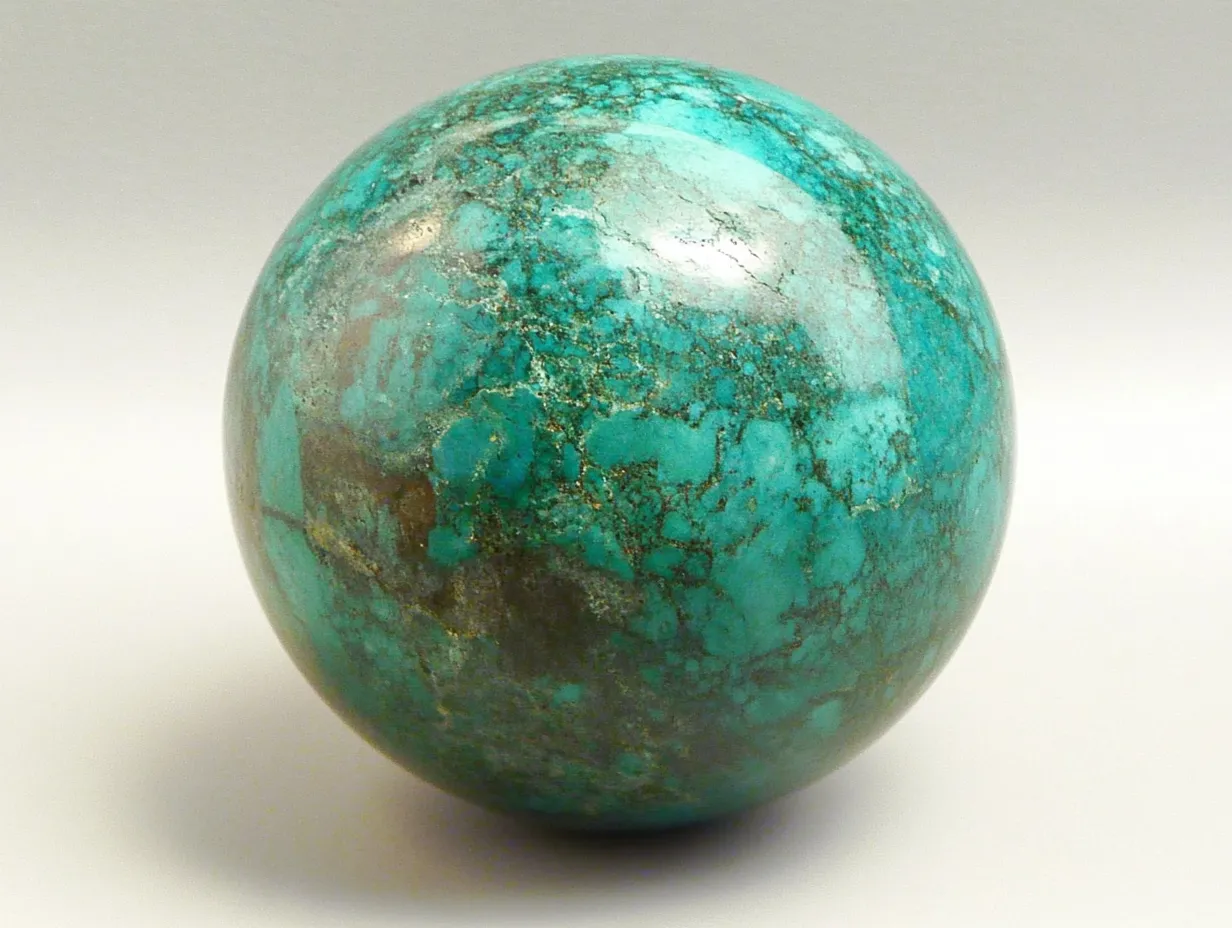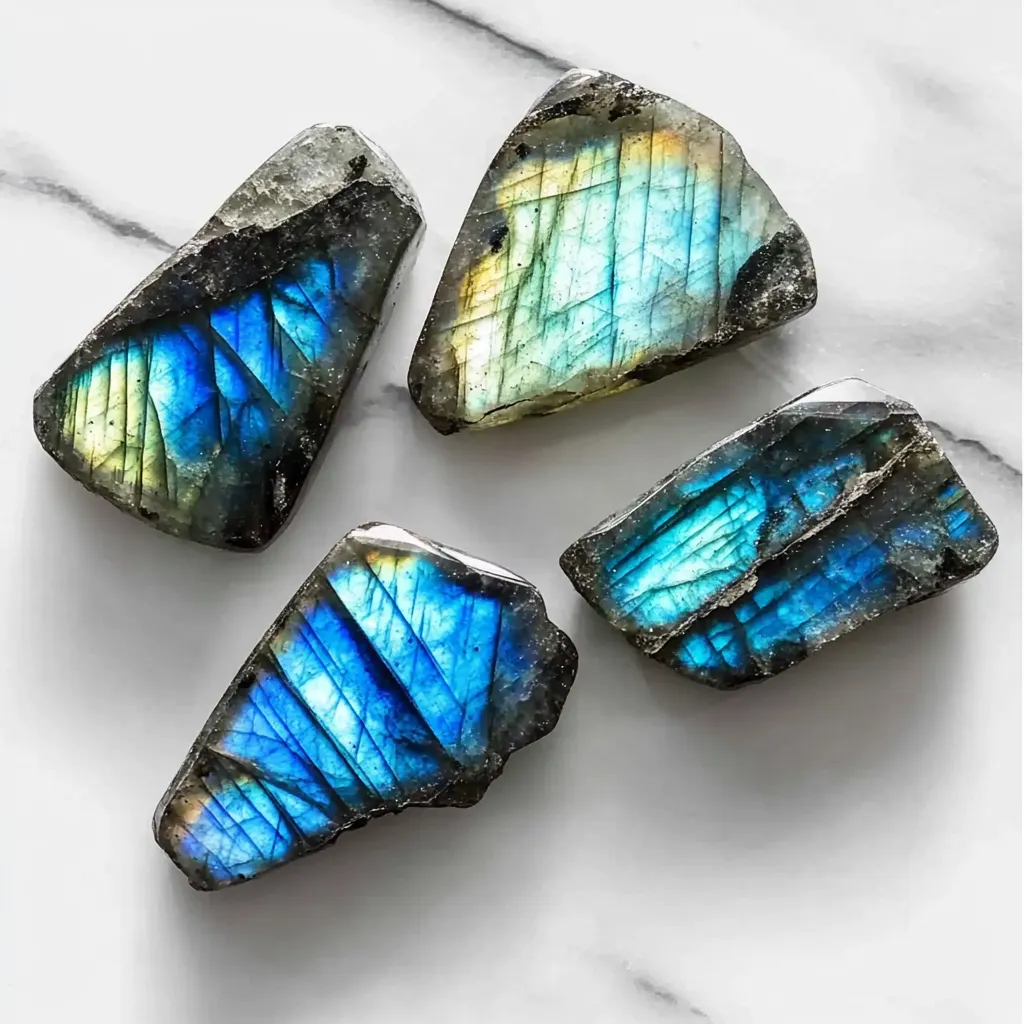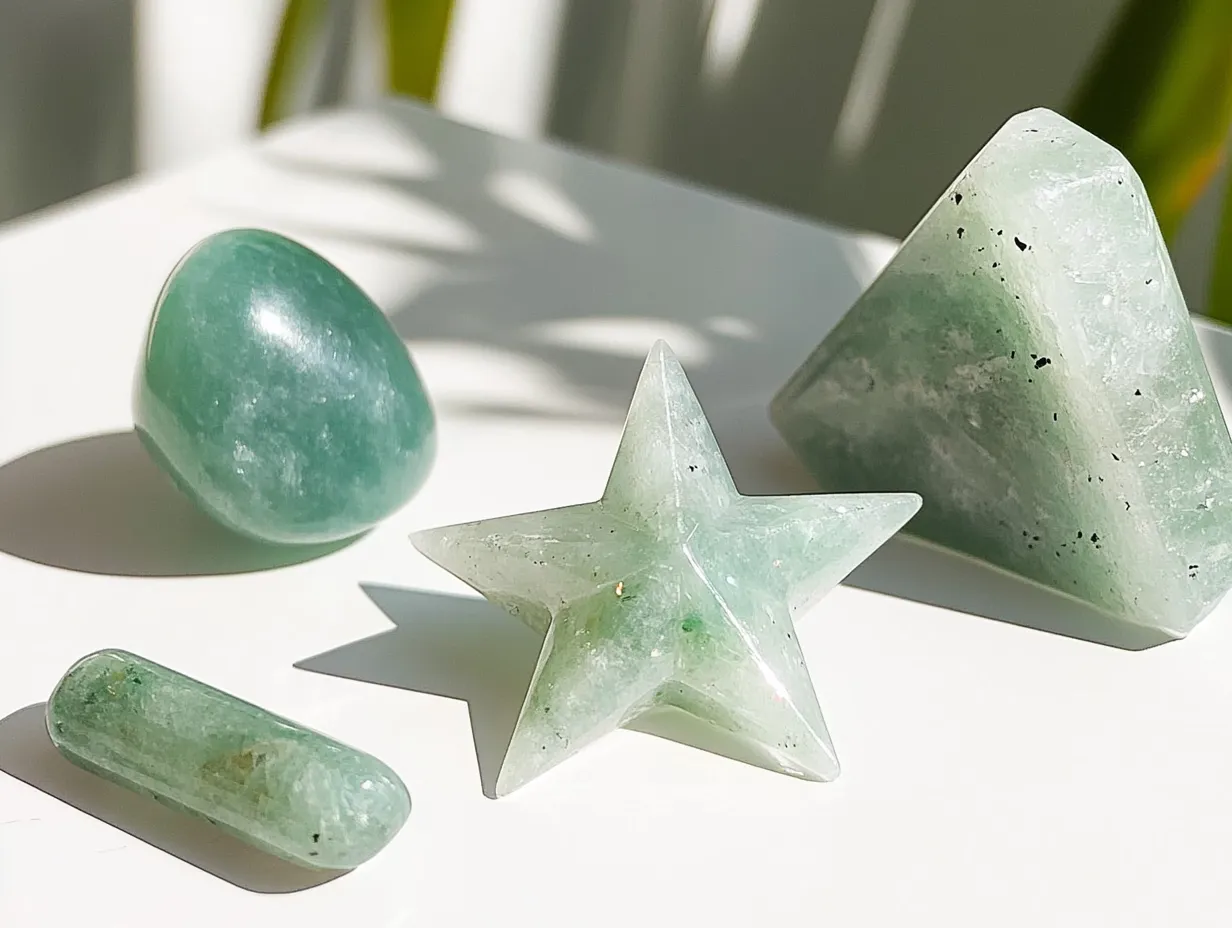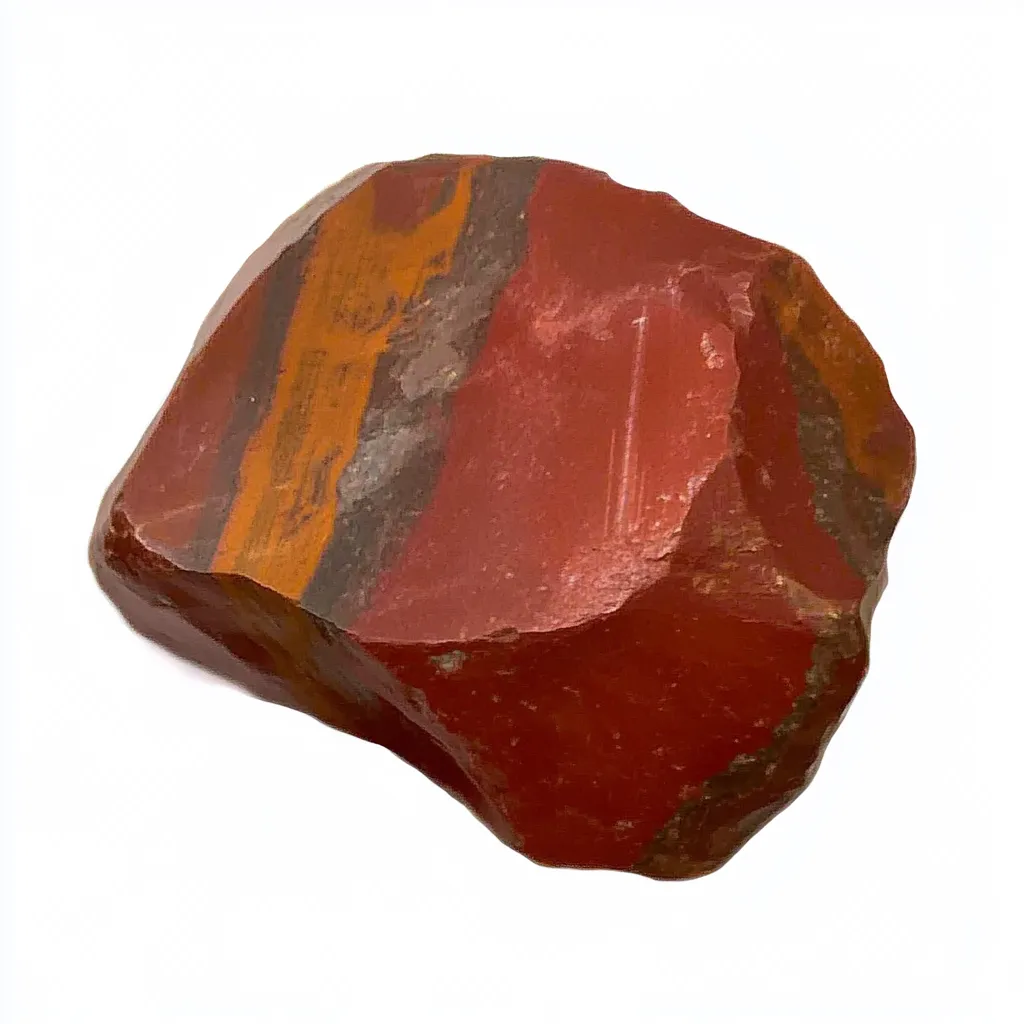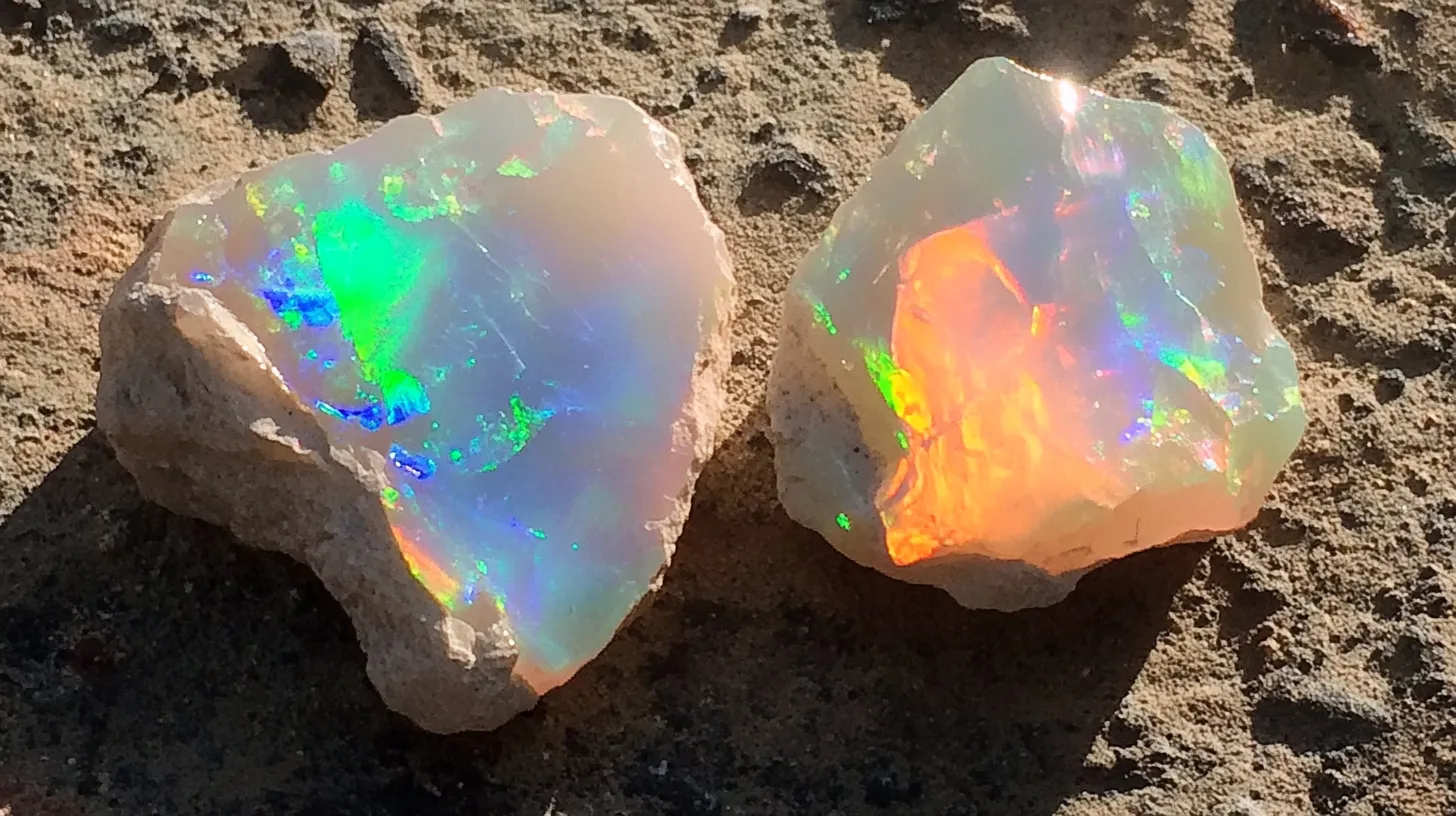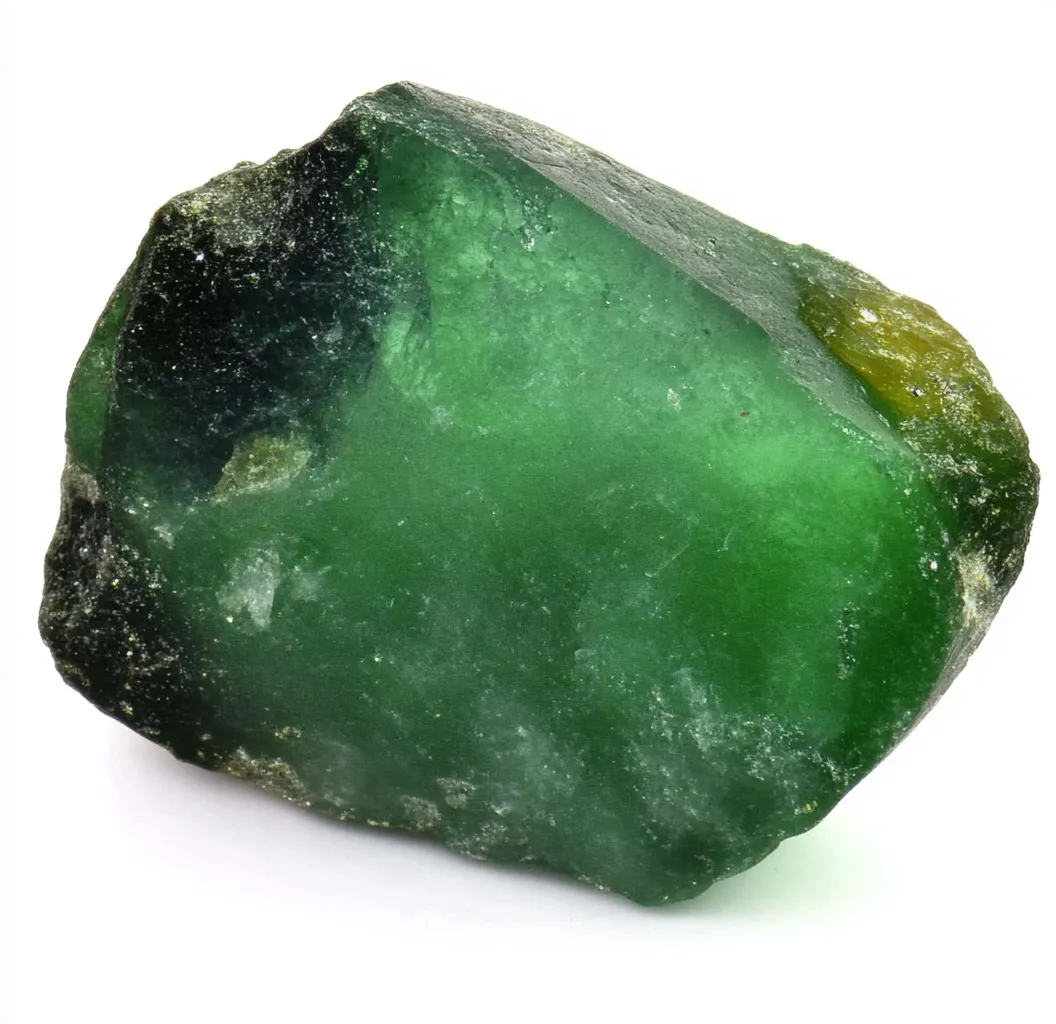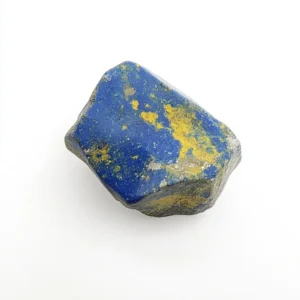

Definition of Lapis Lazuli Stone
Deep-blue metamorphic rock known as lapis lazuli has been valued for millennia for both spiritual meaning and vivid hue. It mostly consists of lazurite, with a unique speckled or marbled look from other minerals like calcite and pyrite. People have used this remarkable stone in jewelry, carvings, and even as a pigment in paintings since ancient times.
Called a stone of wisdom, truth, and inner power, lapis lazuli has long been connected with royalty, intelligence, and spiritual enlightenment. More than just a beautiful gemstone, this stone has been vital in human history, from the tombs of Egyptian pharaohs to Renaissance artwork.
Lapis Lazuli Stone Shapes and Forms
Although Lapis Lazuli comes in many forms and shapes, each one has a special use in both decorative and spiritual spheres. Designed in rings, pendants, and earrings, polished cabochons are among the most often used forms. These rounded, smooth pieces accent the deep blue colors and golden pyrite flecks, enhancing the natural appeal of the stone.
Often used for metaphysical practices or as ornamental specimens, raw or rough lapis lazuli is another popular form. Lapis Lazuli is a versatile stone that appeals to both collectors and energy practitioners, as some artists have carved it into intricate figurines, spheres, pyramids, and beads.

Common Forms of Lapis Lazuli
| Form | Usage |
|---|---|
| Cabochon | Jewelry (rings, pendants) |
| Uncooked/Rough | Work on energy and decor. |
| Gems | Necklaces, bracelets |
| Designs | Figures; symbolic designs |
| Spheres | Meditating, energy concentration |
Stone Metaphysical Properties and Benefits of Lapis Lazuli
Strong metaphysical qualities of lapis lazuli make it a useful instrument in spiritual work. It’s supposed to open the third eye chakra, improving inner vision, wisdom, and intuition. It helps many people deepen their connection to higher consciousness and release inner truths, thereby facilitating their meditation.
People emotionally view lapis lazuli as a stone of truth and self-expression. It promotes honest communication, enabling people to confidently and clearly express their ideas. It’s also a great stone for personal development since it helps to reduce stress, anxiety, and negative ideas, promoting emotional healing.

Lapis Lazuli Stone Meanings in Classical Lore and History
Lapis Lazuli boasts a rich legacy going back thousands of years. Beloved among pharaohs and priests in ancient Egypt, it was thought to possess divine vitality. People often used the stone in amulets, burial masks, and eye cosmetics to invoke protection and insight. Cleopatra herself was said to use ground lapis lazuli as eyeshadow.
Mesopotamian and Persian civilizations used lapis lazuli in religious rites and associated it with the gods. The Greeks and Romans considered it a sign of strength and wisdom, while the Sumerians believed it contained the core of the gods. This stone has stayed a potent emblem of enlightenment and prestige over history.
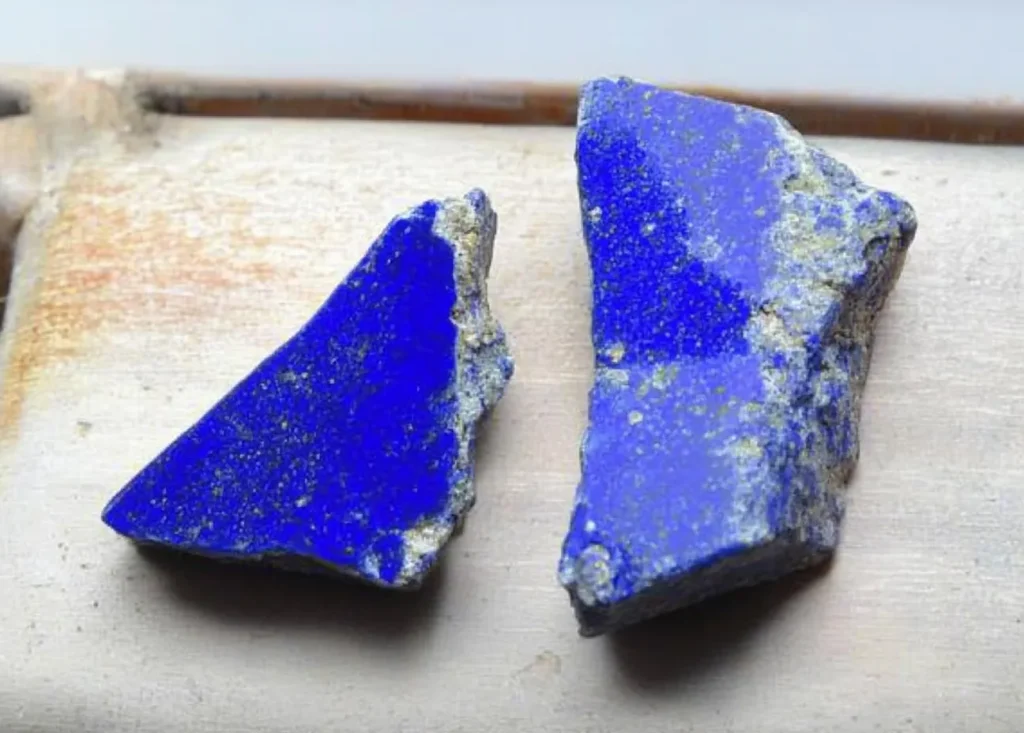
Historical Significance of Lapis Lazuli
| Civilization | Meaning of Lapis Lazuli |
| Ancient Egypt | Representation of divine strength and protection |
| Middle Asia | Divine stone of the earth |
| Greeks and Romans | The stone is a symbol of knowledge and power. |
| Renaissance Europe | Applied in spirituality and artistic creation. |
| Chinese Literature | Thought to draw in good fortune. |

Birthstone and Lapis Lazuli Stone
Lapis Lazuli is often associated with December, serving as an alternative birthstone. Although Blue Topaz and Tanzanite are more known, Lapis Lazuli is critical to people born in this month. For those looking for both personal and spiritual development, it is a fitting stone since it stands for knowledge, truth, and self-awareness.
Beyond birthstone connections, Lapis Lazuli is also connected to the number 3 in numerology, signifying expansion, creativity, and self-expression. If you find yourself drawn to this stone, it may be a clue that you should welcome your inner truth and boldly follow your personal goals.
Cleanse the Lapis Lazuli Stone Guide
Lapis Lazuli is a porous stone; thus, gentle cleaning techniques are necessary to preserve its appearance and energy. Unlike harder crystals, prolonged water cleaning might damage the stone. To release negative energy, instead apply dry or smoke cleansing methods, including sage or palo santo.
You can also clean Lapis Lazuli by burying it in a bowl of dry salt overnight or placing it on a bed of selenite. This method allows the stone to replenish its vibrational energy without causing any harm.

Cleansing Methods for Lapis Lazuli
| Method of Cleansing | Safety for Lapis Lazuli? |
| Water purification | No, it may lead to damage. |
| Cleansing smoke | Yes (safe and powerful) |
| Selenite charge | Yes; the best approach indeed. |
| Salt hygiene | Yes, only dry salt (not including water) |
Guide on Lazuli Stone Charge Lapis
Once cleaned, Lapis Lazuli requires recharging to reach its full energy potential. Under moonlight—especially during a full moon—one of the best ways to charge this stone is by laying it beneath it. Its metaphysical qualities are amplified by the mild lunar energy without harm.
Using crystal grids or intention setting is another quite effective technique. Surrounding Lapis Lazuli with clear quartz or amethyst will increase its energy. Another suitable approach to revitalize the stone is to hold it while meditating and see its power strengthening.

The Meaning of the Lapis Lazuli Stone in the Tarot
Lapis Lazuli is deeply related to the High Priestess card in Tarot, which stands for wisdom, intuition, and inner knowledge. This stone is a favorite among tarot readers and spiritual seekers since it promotes deeper knowledge and clarity, much as the High Priestess does.
Lapis Lazuli also corresponds with the throat chakra, which fits cards stressing communication like The Magician or The Hierophant. Pulling these cards during a reading will help you to keep Lapis Lazuli close, strengthening your capacity for clear communication of ideas and goals.
Tarot Connections to Lapis Lazuli
| Tarot Card | Connection to Lapis Lazuli |
| High Priestess | Sharpens wisdom and intuition. |
| Magician | Improves clarity and correspondence. |
| Hierophant | Develops spiritual knowledge. |
| Moon | Develops subconscious awareness |

Zodiac and Lapis Lazuli Stone
Lapis Lazuli has a tremendous affinity for the zodiac signs of Virgo and Sagittarius. For Sagittarians, it improves wisdom, truth-seeking, and spiritual development, complementing their philosophical and adventurous character. This stone enables them to focus their energy toward self-discovery and advanced education.
Conversely, Virgos gain from Lapis Lazuli’s capacity to advance analytical thinking and open communication. Virgos are more successful in decision-making and self-expression since their exacting and detail-oriented personalities help them balance their logical viewpoint with intuitive insight.
Questions and Answers

Extra Insights on Lapis Lazuli
Lapis Lazuli and Peridot Fusion
Lapis Lazuli and Peridot combined in jewelry design is a remarkable mix. Lapis Lazuli’s deep blue contrasts wonderfully with Peridot’s vivid green to produce an arresting and unusual look. This combo is not only aesthetically pleasing but also has symbolic value; blue stands for wisdom and truth and green for rebirth and wealth.
Benefits of Lapis Lazuli Braces
Wearing a Lapis Lazuli bracelet is believed to offer numerous benefits. This gemstone is related to inner peace, self-expression, and mental clarity. Many people turn Lapis Lazuli into a confidence booster and tool for improving communication abilities. It’s also well-known for its relaxing properties; thus, it’s a great stone for fostering emotional balance and stress release.
Common Benefits of Lapis Lazuli Bracelets
| Benefit | Description |
|---|---|
| Inner Peace | Helps in maintaining emotional stability and calmness |
| Self-Expression | Encourages clear communication and articulation of thoughts |
| Mental Clarity | Aids in focus and enhances decision-making |
| Confidence Boost | Provides courage and self-assurance |
| Stress Relief | Promotes relaxation and reduces anxiety |
Lapis Lazuli’s Varieties
Lapis lazuli varies in kind depending on color intensity and composition. Rich blue with fleckings of golden pyrite, high-quality lapis lazuli resembles a starry night sky. Lower-grade varieties may look lighter because they include more white calcite.
Different Grades of Lapis Lazuli
| Grade | Characteristics |
|---|---|
| High-Quality | Deep blue color with golden pyrite specks, minimal white calcite |
| Medium-Quality | Slightly lighter blue with a mix of pyrite and white calcite |
| Lower-Quality | Pale blue with significant white calcite and fewer pyrite flecks |
Lapis Lazuli in Everyday Life
Real-life Lapis lazuli finds application in jewelry, carvings, and even paint colors. Ancient societies, including the Mesopotamians and the Egyptians, have valued it for its spiritual relevance and beauty.
Lazurite Instead of Lapis Lazuli
Though many mistook Lazurite for Lapis Lazuli, there is a difference. A major mineral in lapis lazuli, lazurite is rare in pure form. More aesthetically complicated and readily accessible, Lapis Lazuli is a rock made of Lazurite, pyrite, and calcite.

